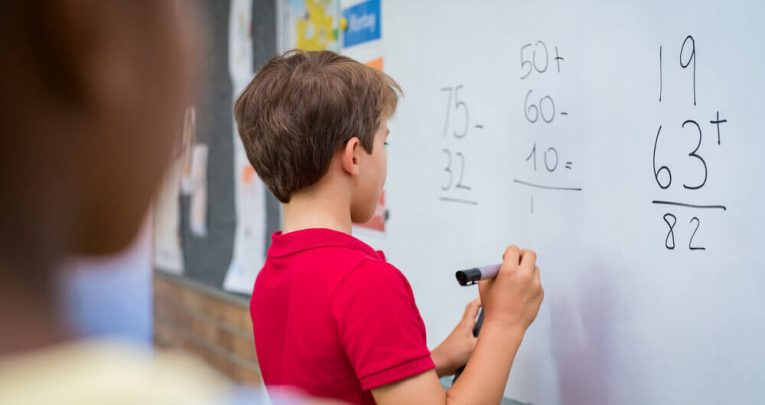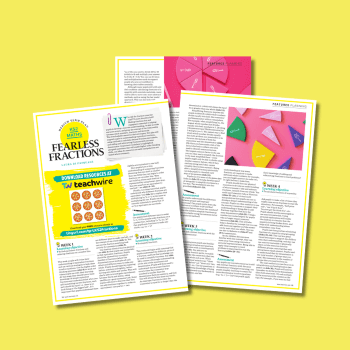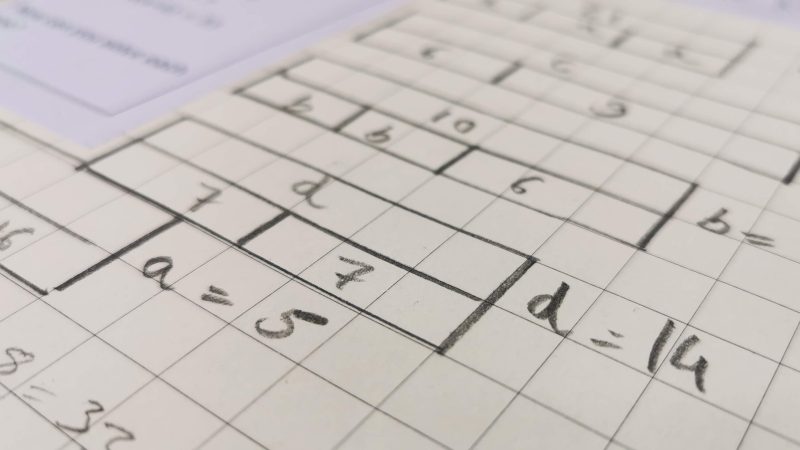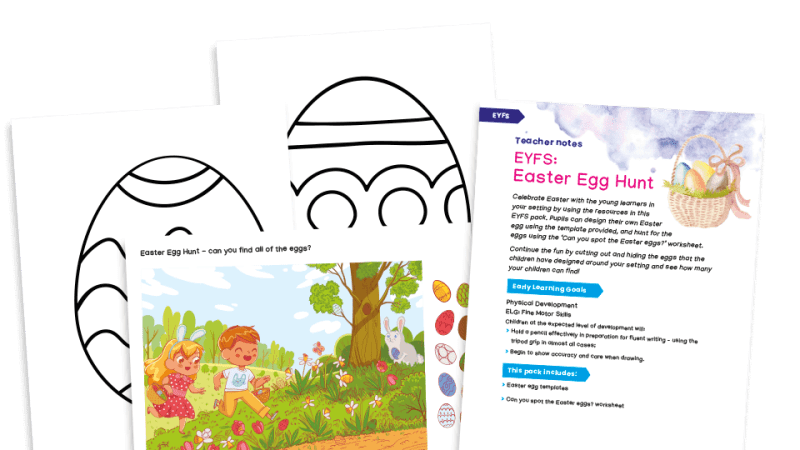Maths anxiety – strategies for improving confidence

Maths can be tricky, but teacher enthusiasm is key to helping learning stick, says Fiona Goddard…

“I’m not good at fractions so we’ll go through this together.” This was a sentence uttered by a colleague while I was observing the class several years ago.
At the time, it made me go cold but also reminded me that maths is a tricky subject, and how positive role models for children are important and making maths fun and engaging can help.
I don’t agree with the current trend that we are seeing in the media and some TV advertising campaigns that ‘it’s ok not to be good at maths,’ and teacher enthusiasm is key to turning this around.
However, for primary school teachers delivering learning across a range of topics, maths can certainly be one of the most challenging. I taught in primary schools for 20 years and know how difficult engaging children in maths can be.
Why is math so hard?
One reason is that the answers to mathematical questions are either right or wrong. Children can get hung up on this early on. There are also so multiple topics which are all interconnected, so if firm foundations are not established in one area, progress will be affected as overall learning develops.
It’s a bit like a game of Jenga where all the pieces of the puzzle need to be in place at the bottom level to build the tower successfully and to ensure it doesn’t crumble and fall in the future.
Virtual tutors can play an important role in identifying and addressing knowledge gaps. While online learning will never replace face-to-face teaching, the right solution can provide valuable, scaffolded support to keep skills simmering, even if accessed for just one hour per week as homework.
It means teachers can get on with the creative side of teaching in the classroom, knowing the basics are in place.
A further challenge when it comes to teaching maths successfully, is that it is a subject full of abstract concepts which can be difficult to grasp. Here, it’s important to make maths real.
This might be by manipulating objects, counting coins or physically moving items to create understanding. Then it is possible to progress to drawing pictures and then understanding of the abstract concept.
Although they never made a physical appearance in the classroom, my pet Schnauzers would frequently present us with maths problems successfully solved through drawings and pictorial representation!
Make it practical
This ‘concrete, pictorial, abstract’ theory was pioneered by American psychologist Jerome Bruner and is used as an effective method of teaching maths mastery. Workbooks simply become a record of what achieved rather than an instruction manual.
Equipment is key to this concept. However, I found some older children used to feel they had ‘failed’ if they needed to use resources such as base ten equipment, for example.
They were often reluctant to ‘get practical’ and felt it was like taking a step back. One group of Year 4 high attainers said they thought it was ‘cheating’ to use the resources when they were stuck on a problem.
Shifting classroom culture to ensure all ages and abilities can choose which resource to use to solve a problem successfully is the ideal scenario.
A further challenge for teachers is that the new curriculum is less instructional than the old National Numeracy Strategy which included more of a ‘how-to guide’.
Head teachers who are succeeding have brought in maths leads who really know their subject and this cascades down through the other teaching staff to ensure they have all the tools, resources and support in place to improve outcomes.
Aim to learn
While we must aim to make maths practical and fun with physical resources and pictorial representation, we should still emphasise the ‘why’ of learning is to remember and retain.
That said, maths anxiety is also a real issue. Here it’s vital that teachers know their class and know the children. Anxiety can manifest itself as a naughty or disruptive student or equally a quiet child.
I used to play carefully selected popular music as children entered the classroom, setting an easy task on the board which they could get on with as soon as they sat down to erase any anxiety. They soon noticed if I forgot to play the music!
It’s important to develop a culture where it’s ok to make mistakes. Encourage everyone to remember that we often learn more if mistakes are made. Make the classroom a positive learning environment by fostering enjoyment.
In this way, each piece of the Jenga puzzle can carefully be put in place to ensure solid foundations for further learning and attaining life-long mathematical skills.
Fiona Goddard has 20 years of teaching experience, and is now an education consultant for Whizz Education.












